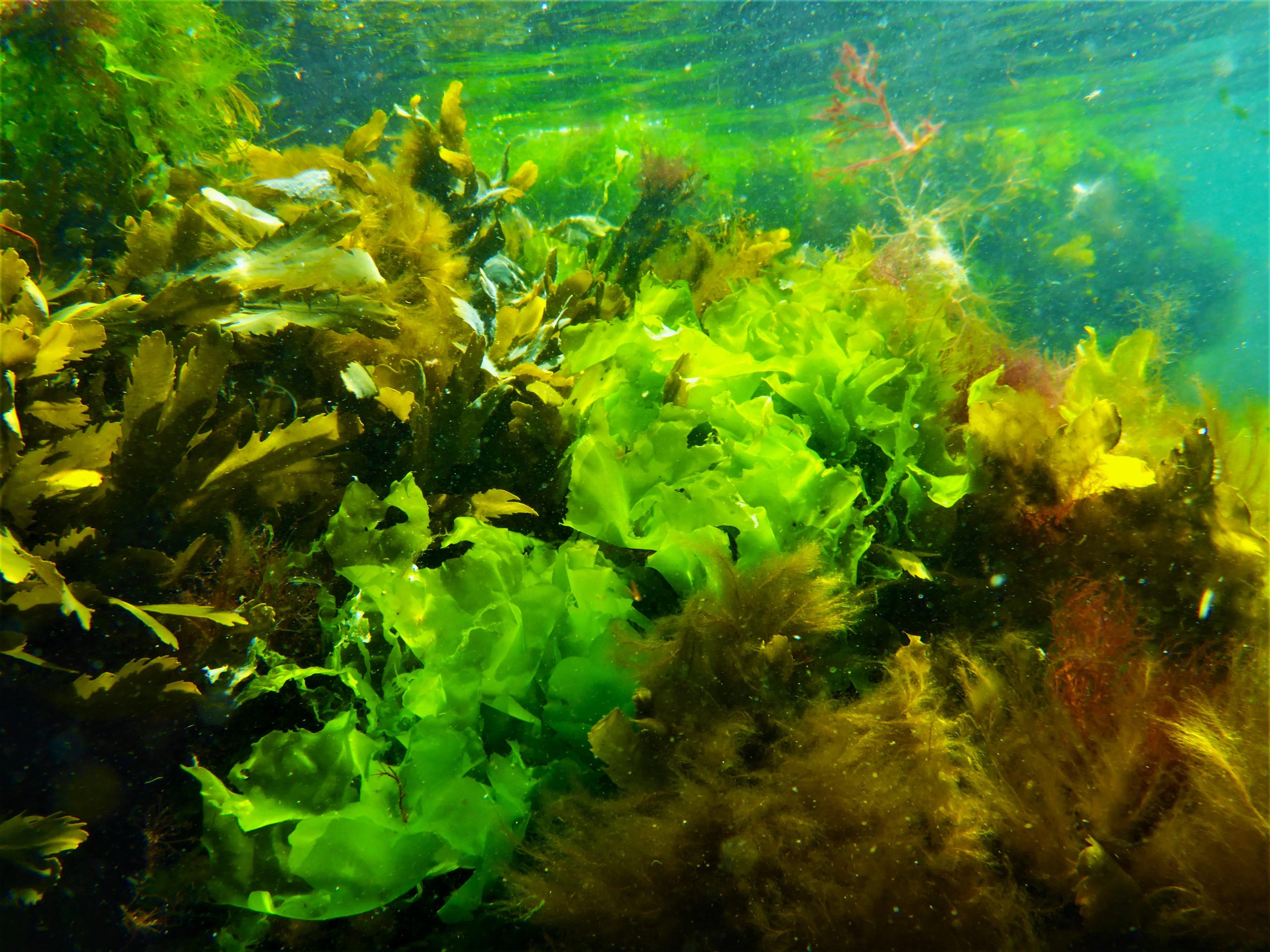Connect with us
Published
2 weeks agoon
By
admin
A recent DNA survey has revealed a surprising diversity of sea lettuce species along the Swedish coast, identifying 20 different varieties, including invasive and previously unknown species. Conducted by researchers from the University of Gothenburg, the study surveyed over 10,000 kilometers of coastal area in the Baltic Sea region, significantly expanding our understanding of Ulva, a type of green macroalgae. This new data highlights the ecological importance of sea lettuce, which has gained attention as a potential food source and for its biochemical applications. The discovery includes three newly identified invasive species and several that appear unique to the Baltic Sea, underlining the need for careful management to protect local ecosystems. Researcher Sophie Steinhagen emphasized the inadequacy of traditional identification methods based solely on physical characteristics, advocating for DNA analysis to accurately assess biodiversity. This knowledge is crucial for determining appropriate cultivation practices to ensure sustainable aquaculture and to regulate against the introduction of non-native species. Sea lettuce is noted for its nutritional profile, containing high protein levels and beneficial fatty acids, drawing interest in both the food industry and other biochemical applications. The full findings contribute to strategies for preserving marine biodiversity and regulating invasive species in coastal regions.


















